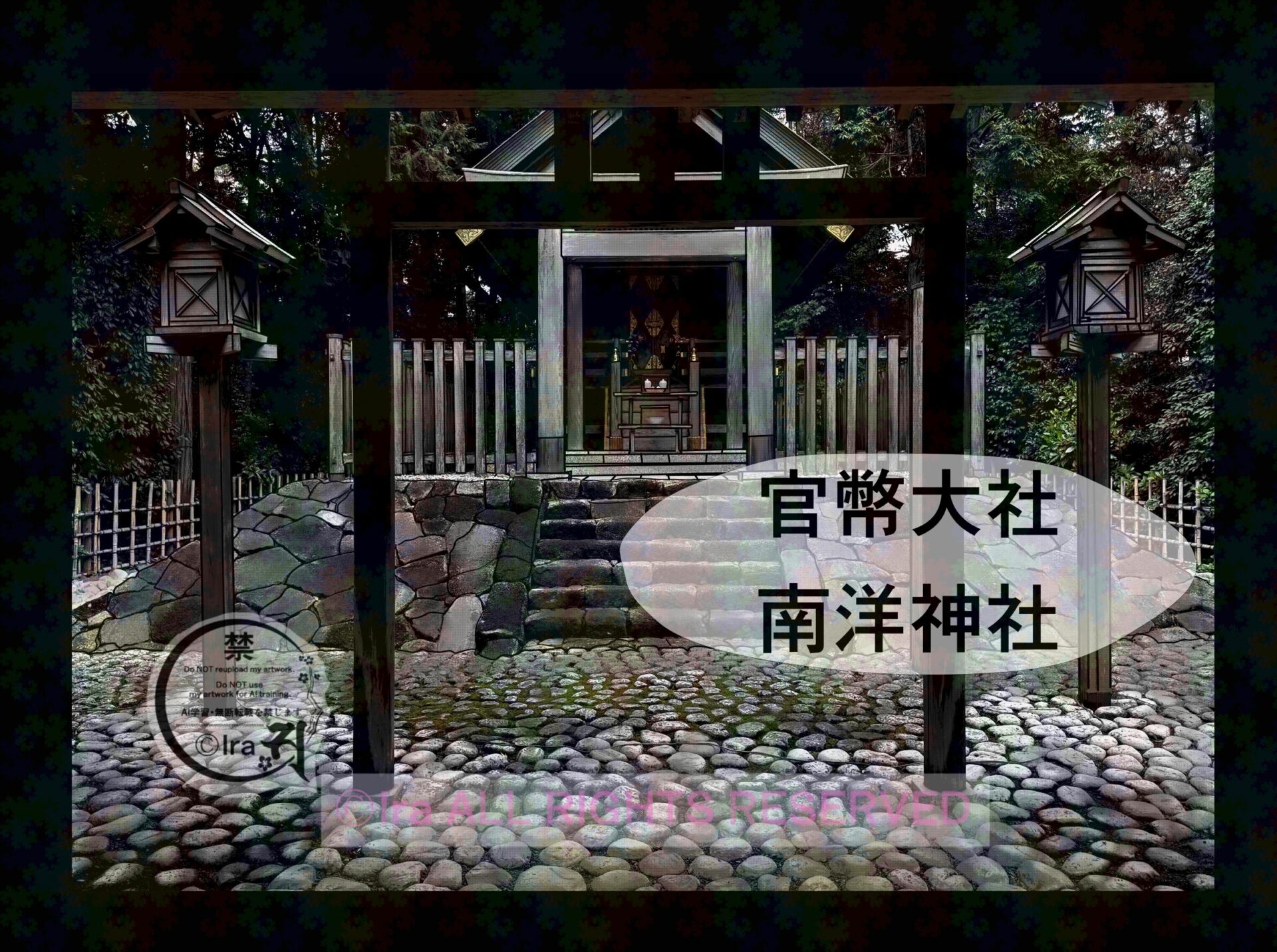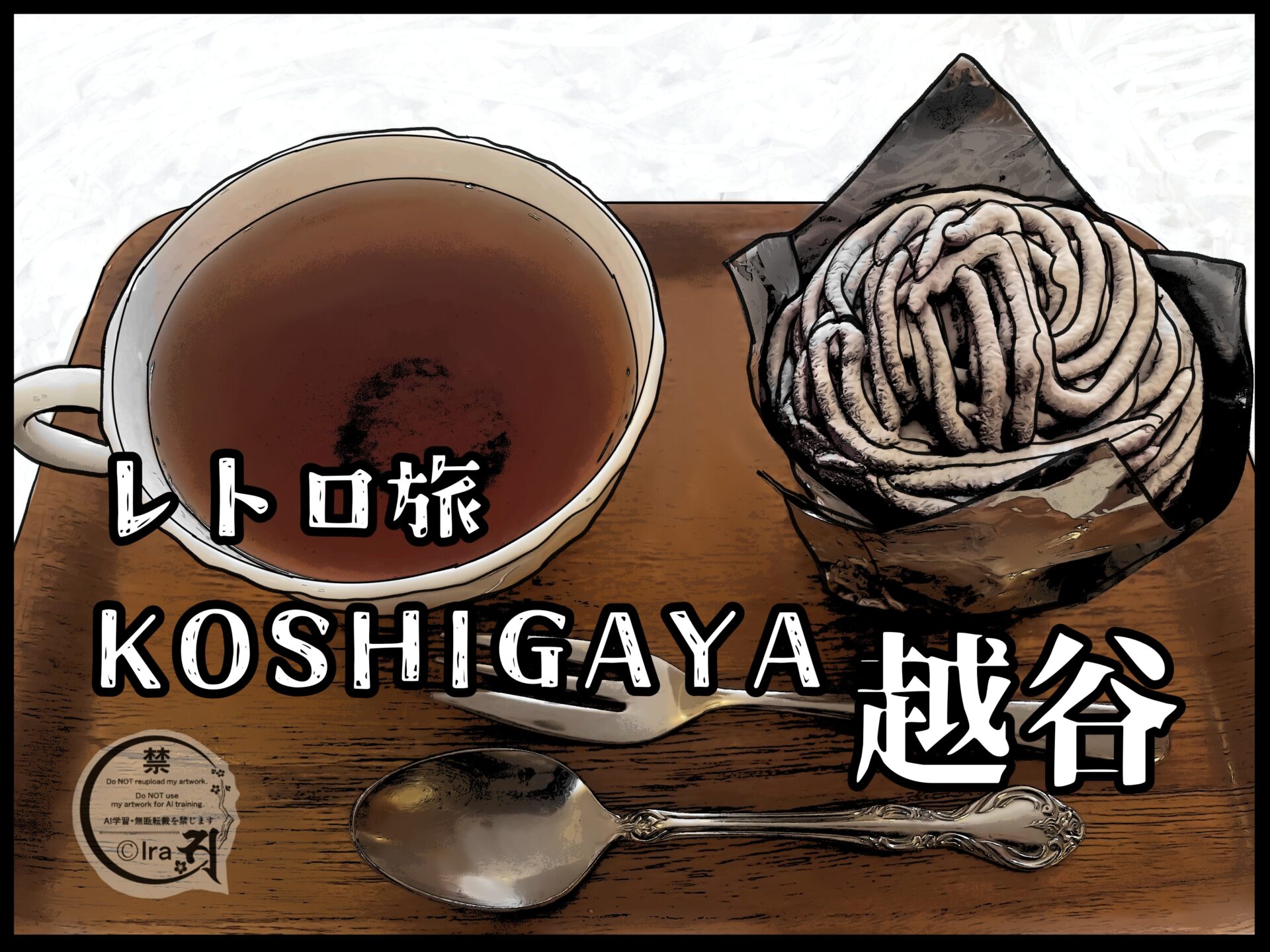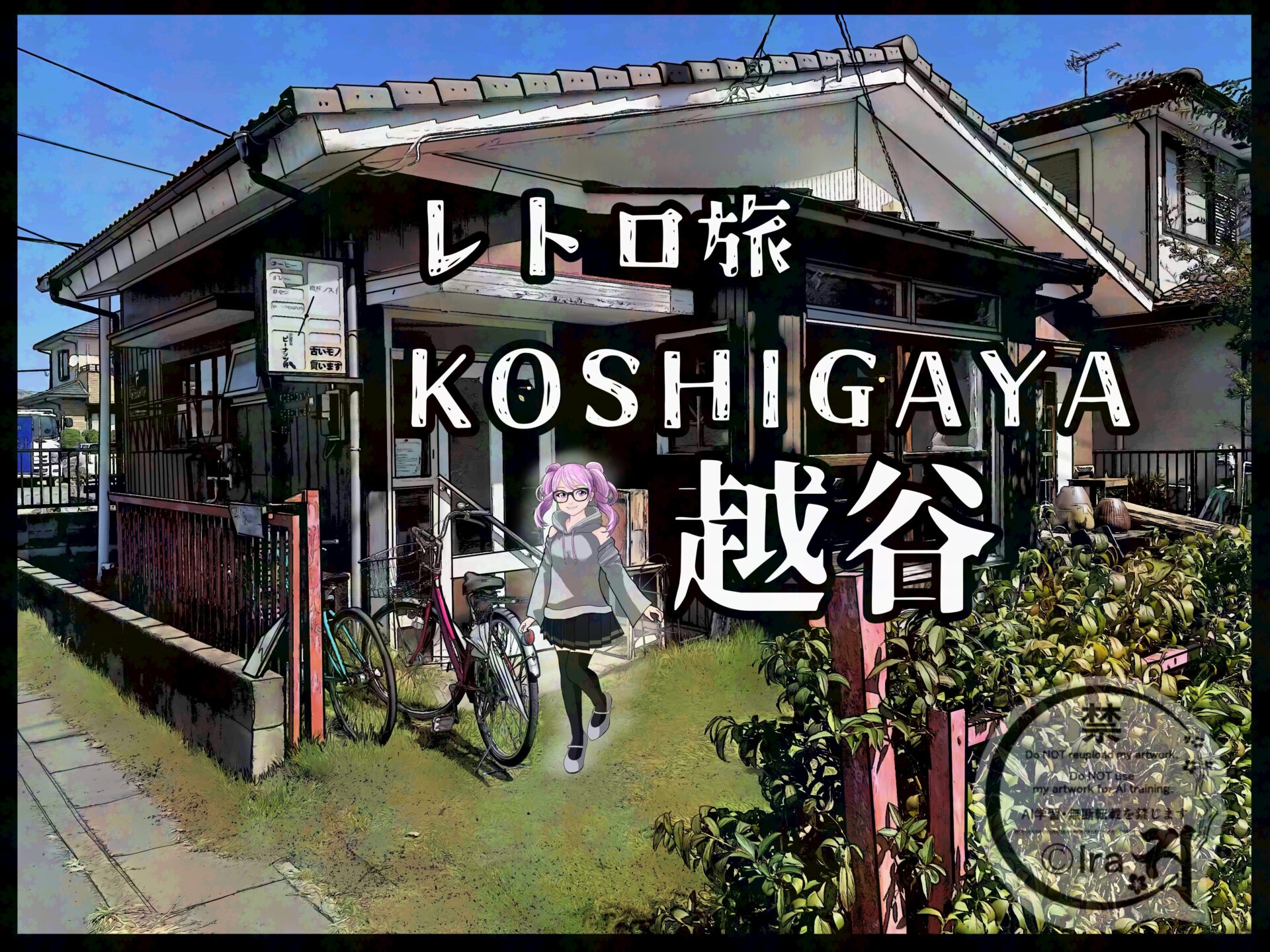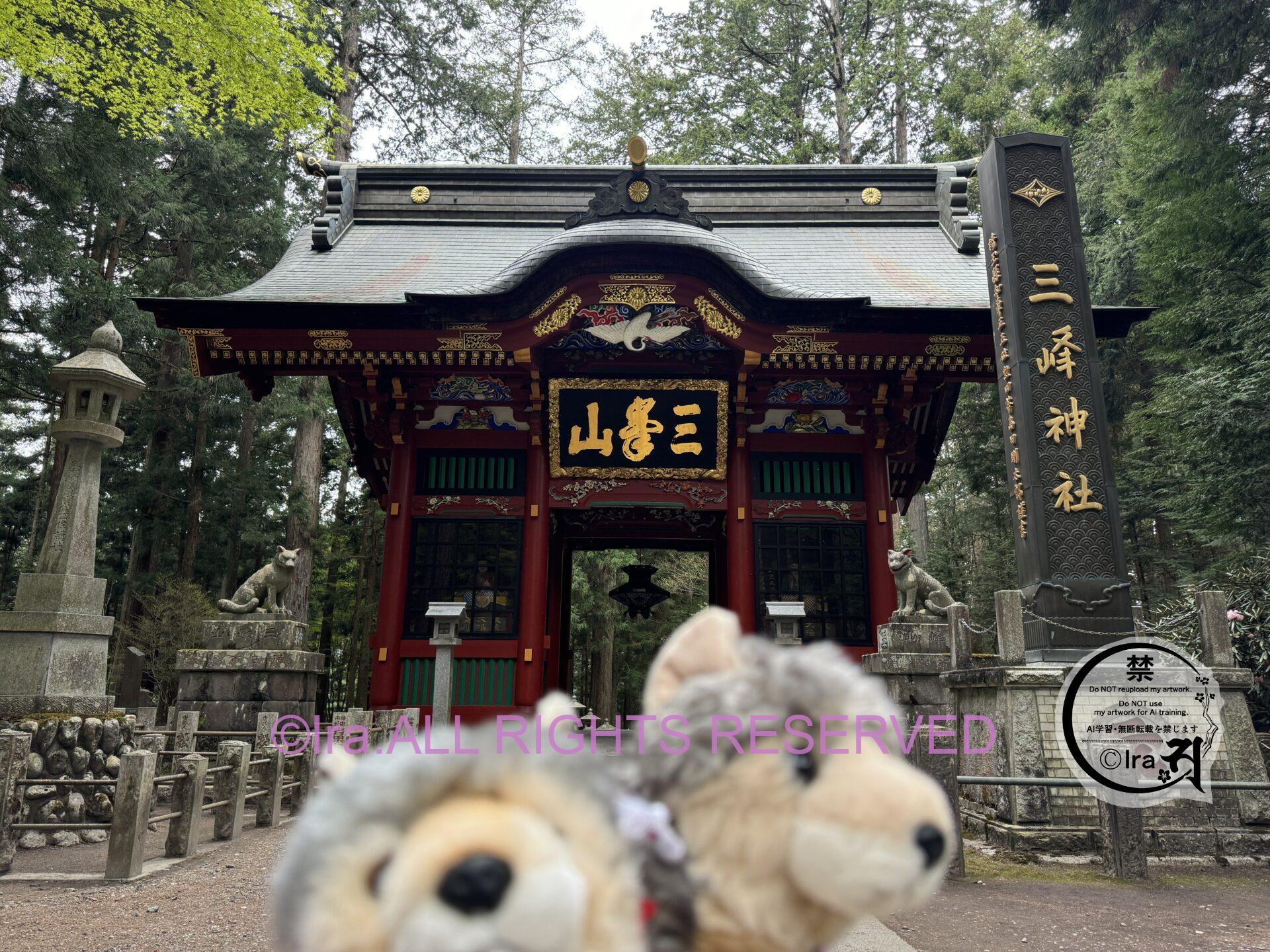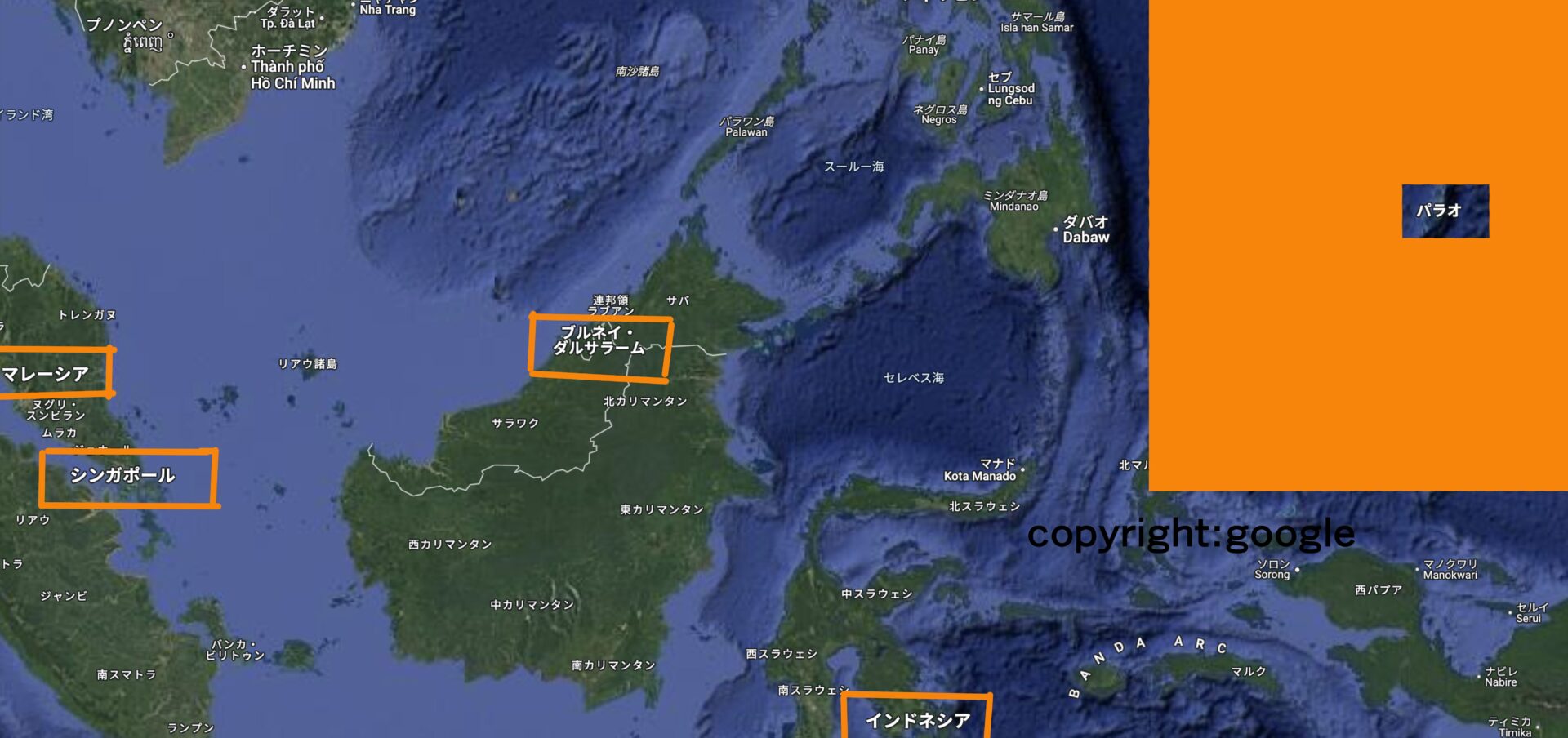Palau is popular in Southeast Asia. There are currently no direct flights from Japan. Even if you can get there from Japan with one connection, the flight cost is nearly 300,000 yen in economy class. You can save money by going via Singapore or other destinations.
 kodakara jima
kodakara jimaA shrine in Koshigaya, Saitama, just had a Nanyo Shrine event day.
The appearance was the same as usual and there was no information provided for general visitors.
No point in going there. It is unlikely that any new information will be available, so it would be sufficient to refer to the blogs of people from other shrines who have visited here in the past.


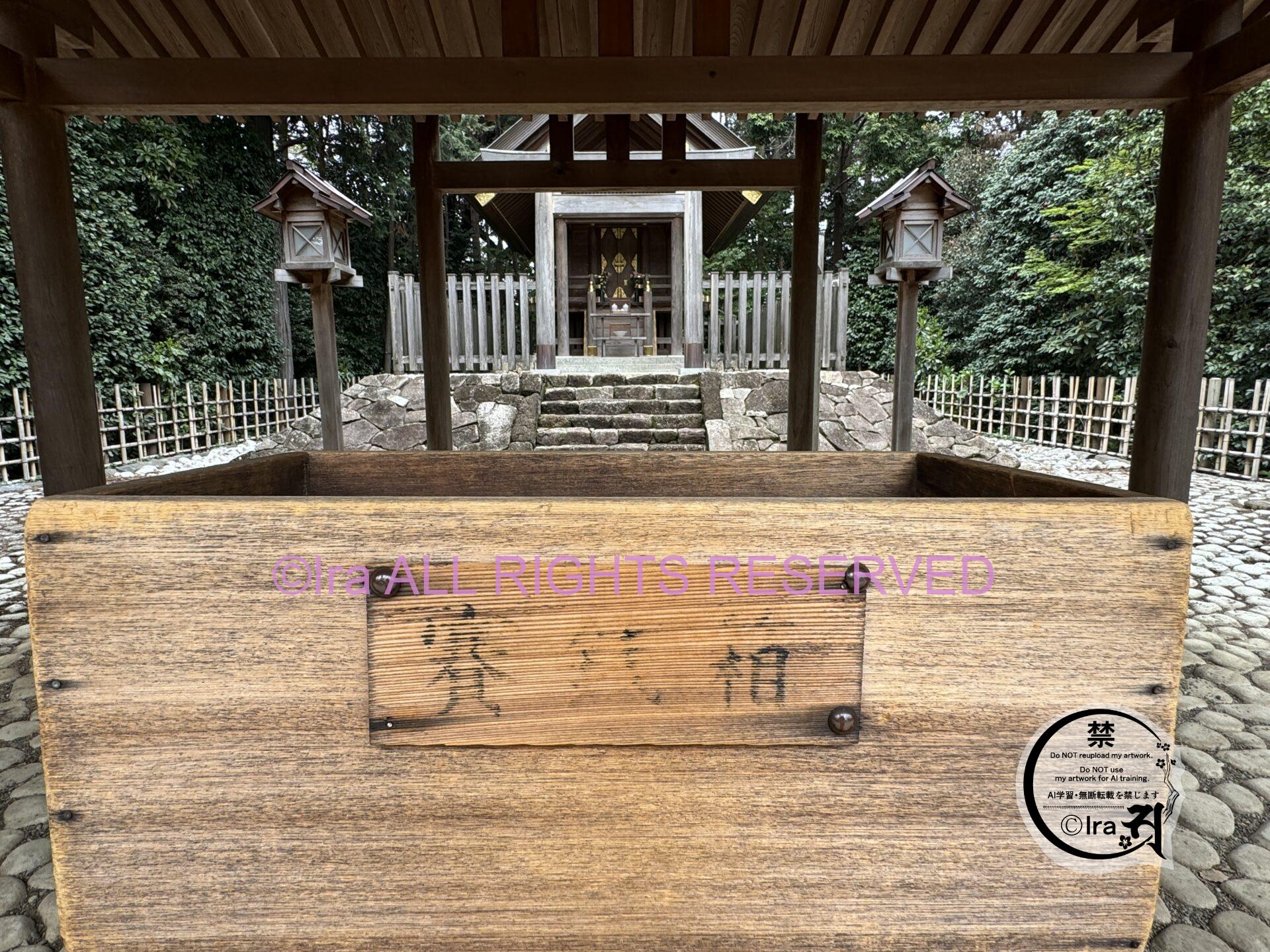

About Palau
Palau is about the same size as Yakushima Island and has a population of 20,000. The country was ruled by Japan for 30 years before the war, and then by the United States for 50 years before gaining independence in 1994.
Koror Island in Palau and the “South Sea Shrine


Koror Island, Palau
Former capital of Palau. Today, about 10,000 people, or half of the country’s population, still live on the island. Palau is no longer an outlying island, as its inhabited islands are connected to each other by land bridges. It is adjacent to the inhabited islands where the airport and capital are located. A building from the Japanese colonial period is used as a courthouse. Palau’s international airport was renovated with Japanese assistance.
Nanyo Shrine(官幣大社南洋神社)
The Nanyo Shrine of the Grand Shrine of the Government Mint celebrated its sechinseki ceremony on Koror Island, Palau, on November 1, 1940.
On November 22, 1944, a temporary main shrine was set up in the jungle on the main island of Palau (Babeldaob Island) and the sacred object was relocated. The next day, May 17, 1945, the main shrine in Koror was severely damaged by a close-range bullet during an air raid, but the war ended when the Japanese military repaired it and restored its external form.
On September 11, 1945, the dedication and burning ceremony of the shrine was held with the consent of the U.S.[1]. On November 17 of the same year, the shrine was informed by the Japanese government that the Nanyo Shrine would be abolished. On January 5, 1946, the following year, the ascension ceremony and temporary main shrine building were dedicated and burned at the temporary main shrine building on the main island of Palau, and the Goryo-dai was transported by ship to the Imperial Household Ministry in Tokyo. was destroyed by the U.S. military after the defeat of the U.S. forces.
Currently, the shrine sits on private property and is off-limits to visitors. (It is said that visitors with a bad attitude are immediately turned away, but that is only to be expected if the worshipper has a bad attitude.)
TV broadcast in 1940: “The long-awaited Nanyang Shrine Zhenzhi Festival for the Japanese who have moved south”(南進邦人待望の南洋神社鎮座祭)
南進邦人待望の南洋神社鎮座祭LINK(Produced by Nihon Eiga Shinsha and Nihon Eiga Shinsha “Japan News”, available free of charge on NHK Archives)
Nanyo Shrine Juraza Ruiji Hiraden(南洋神社鎮座跡地遥拝殿)
Built in 2004 at Kuizu Shrine in Koshigaya City, Saitama Prefecture
There was no clear specific reason as to why it was erected at this shrine, not even on the stone monument at the site.
There was no Nanyo Shrine omu-fuda on sale either. Also, it is said that photography is not allowed in the shrine grounds, but there is no sign on the site. The red seal sales area is indoors, and there is always one sales person there. I didn’t take any pictures because there was no atmosphere to take pictures. When they are selling them outdoors, there may be a miko (shrine maiden) there.
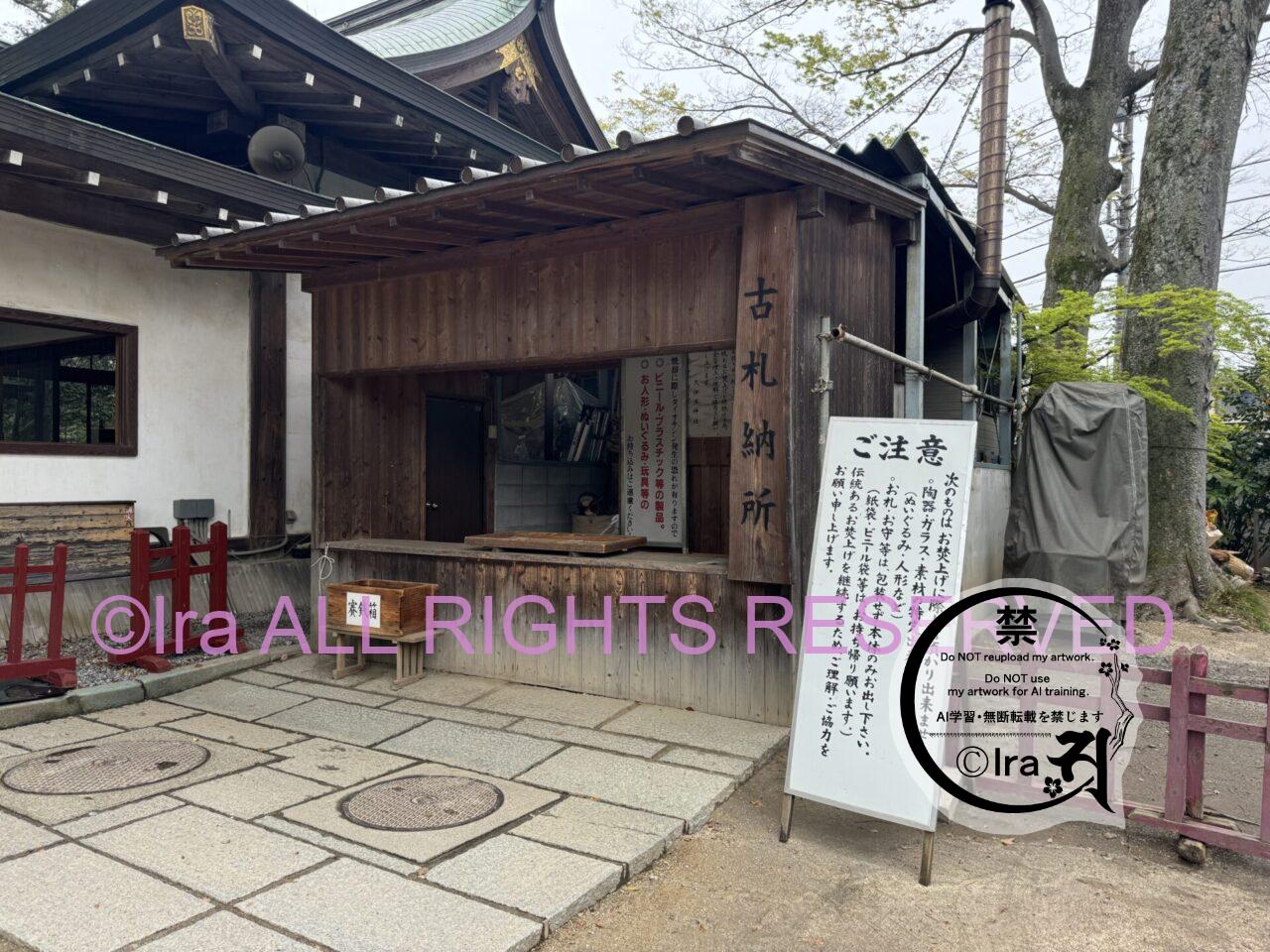

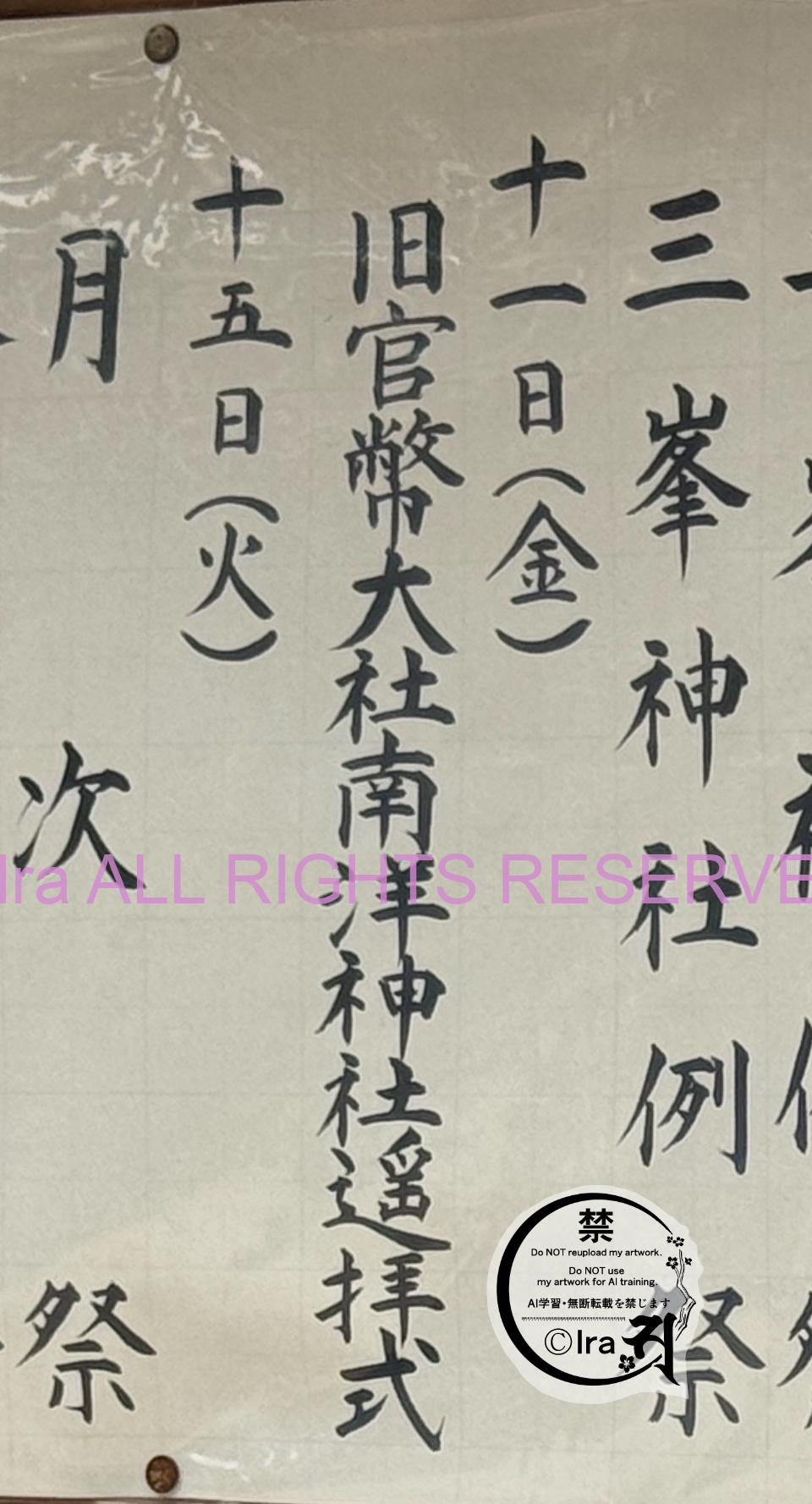

I came to Koshigaya not for island-related reasons, but for the retro coffee shop.
Koshigaya has several retro coffee shops that are quirky in a good way. Please refer to another article.
The administrator of this blog



About me, Ira
a) Manga creator living in Singapore
b)My relatives: Singaporean, Malaysian and Japanese.
c)Have covered about 460 islands in manga
All photos, videos, and text on this website are copyrighted by Ira.
Prohibited items
Use or diversion of copyrighted materials on this website
Use as AI learning materials
japan’s blog ranking
Disclaimer
1. The creative artworks (Manga Maharajima) is a work of fiction, and the characters, organizations, locations, country names, etc. that appear in it are not related to any real entities. While the scenery and folklore of real locations are depicted, the story and worldview are original creations of the author, Ira.
2. We strive to provide accurate information in the content of this article to the best of our ability; however, we do not guarantee the general interpretation, accuracy, or safety of the information. If you plan to take any action, please seek specific legal advice tailored to your individual circumstances separately.
3. We shall not be liable for any direct, indirect, consequential, special, incidental, or punitive damages, or loss of profits, arising from the content published in this article, regardless of whether such damages or losses are based on contract, tort, strict liability, or any other cause.
4. The timing of the interviews and research for this article is not based on the date of publication.
5. The trademarks listed in this article belong to their respective trademark owners. The company names, system names, and product names listed in this article and other materials are generally registered trademarks or trademarks of their respective companies. Please note that “™” and “®” are not indicated in the text and tables.
6. The exchange rate between the Singapore dollar (SGD) and the Japanese yen is based on the rate of 1 SGD = 110 yen as of March 2025, unless otherwise noted.
Thanks.
affiliate-information-disclosure



